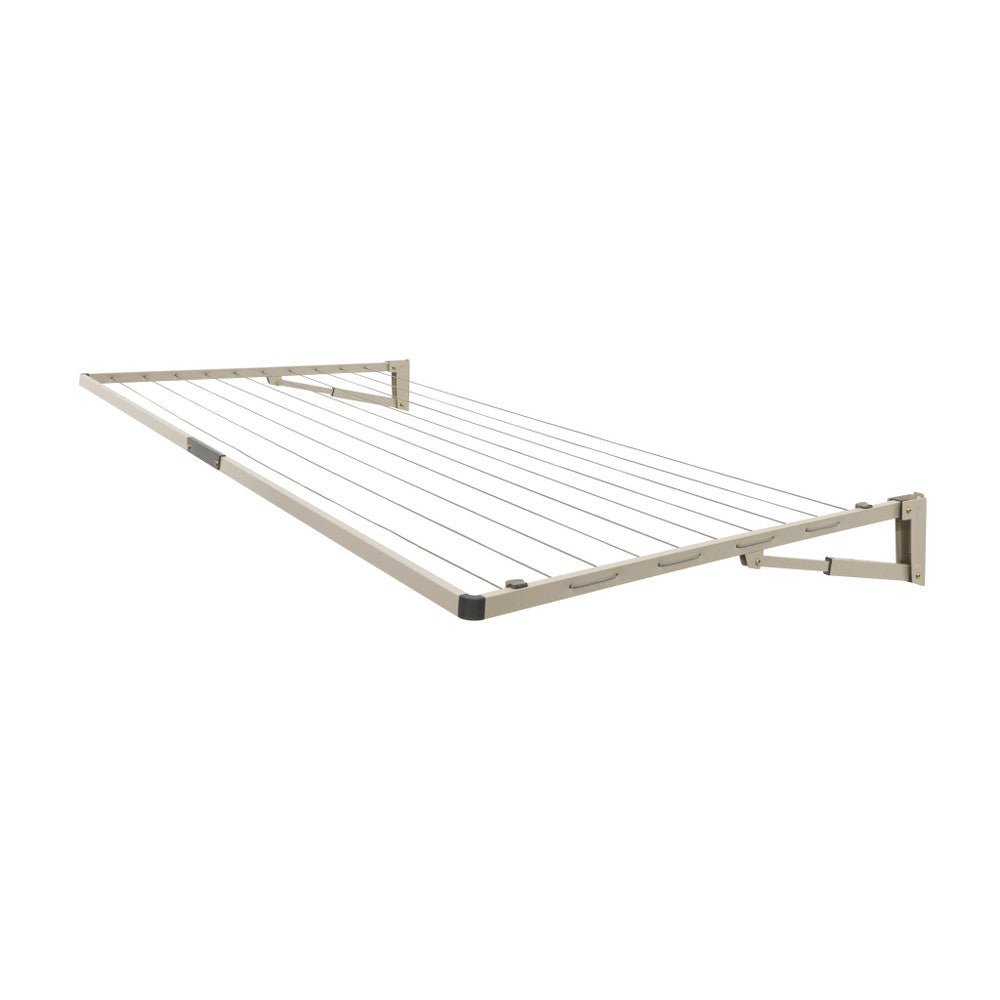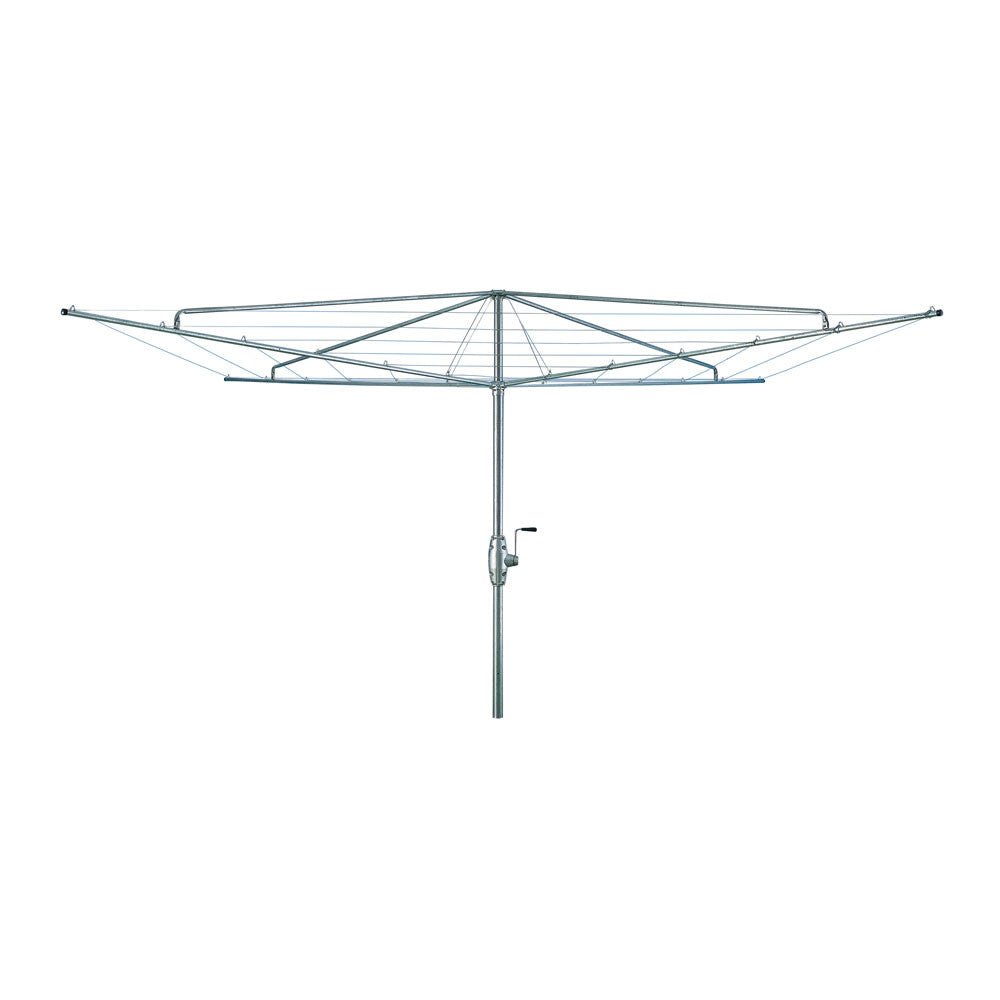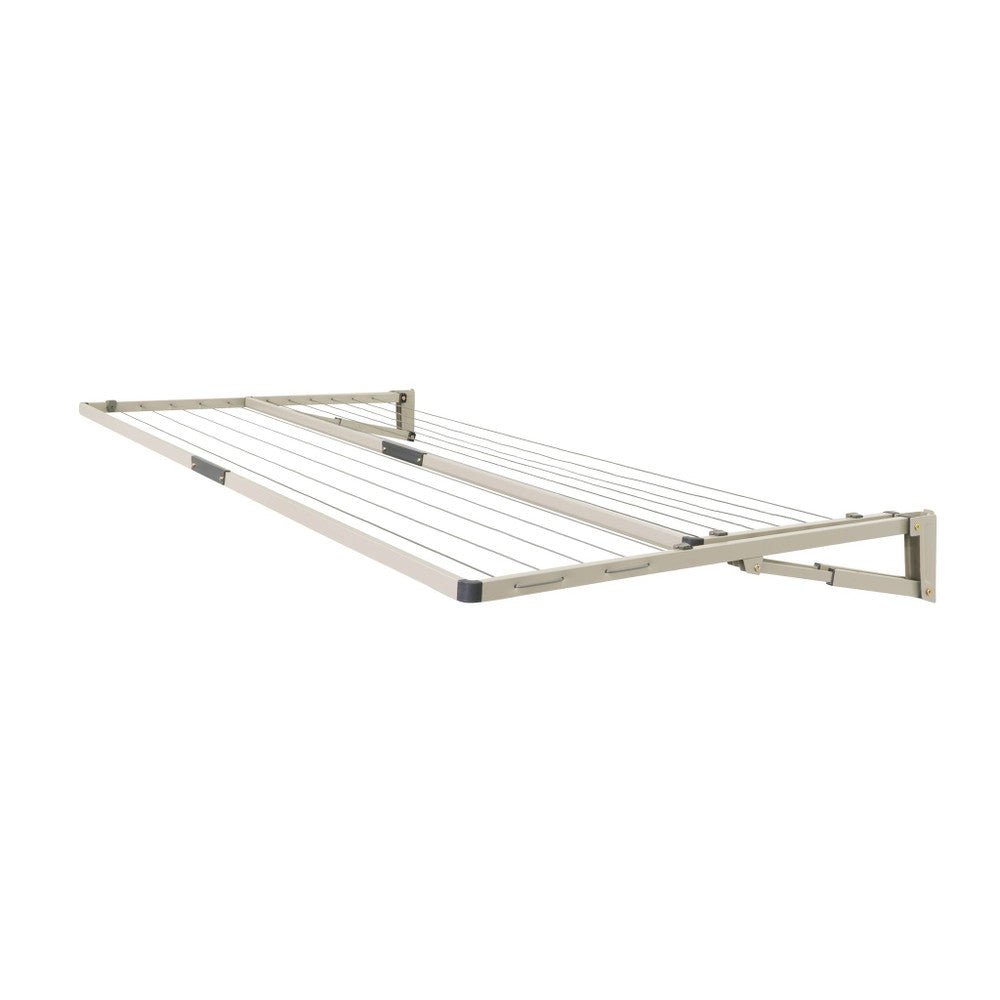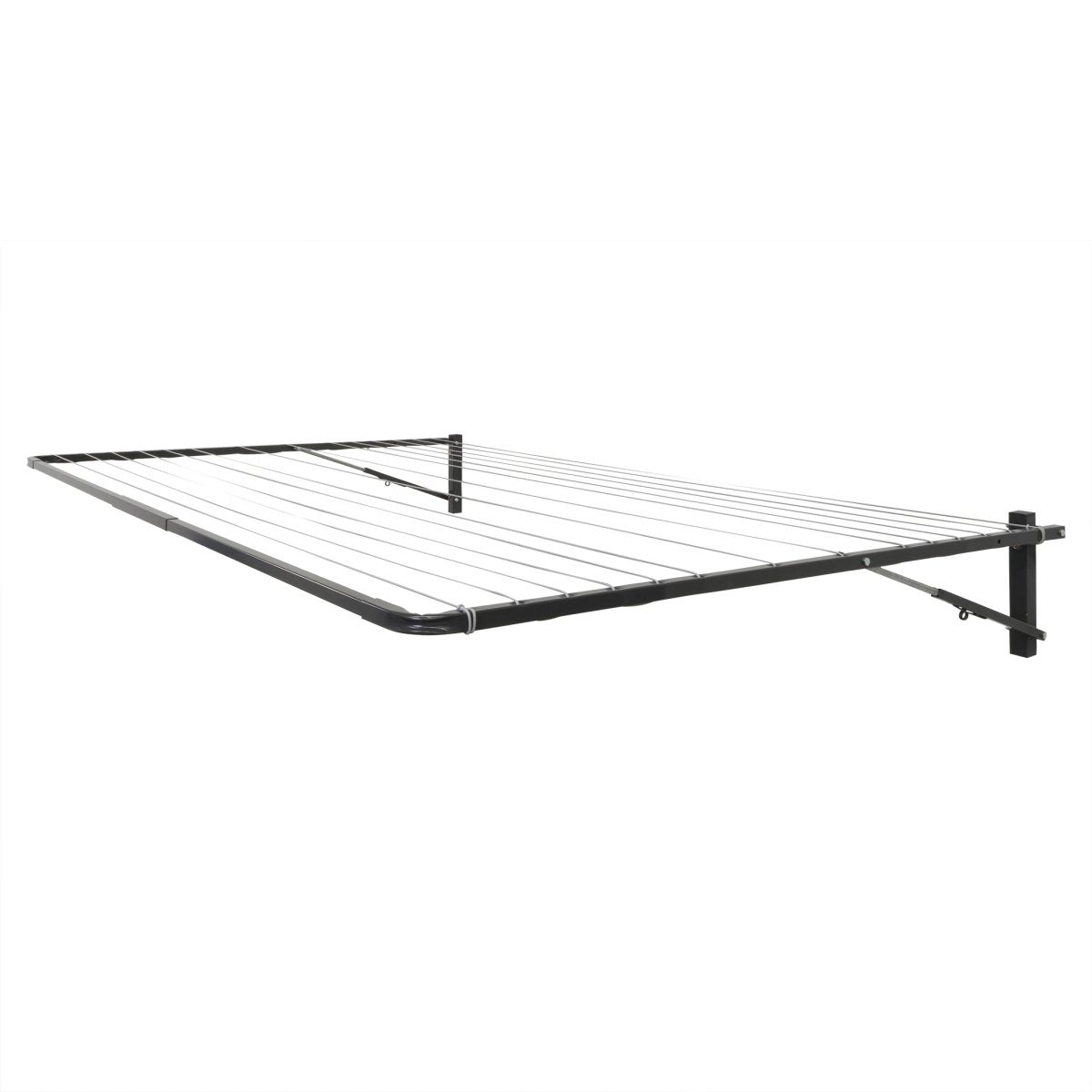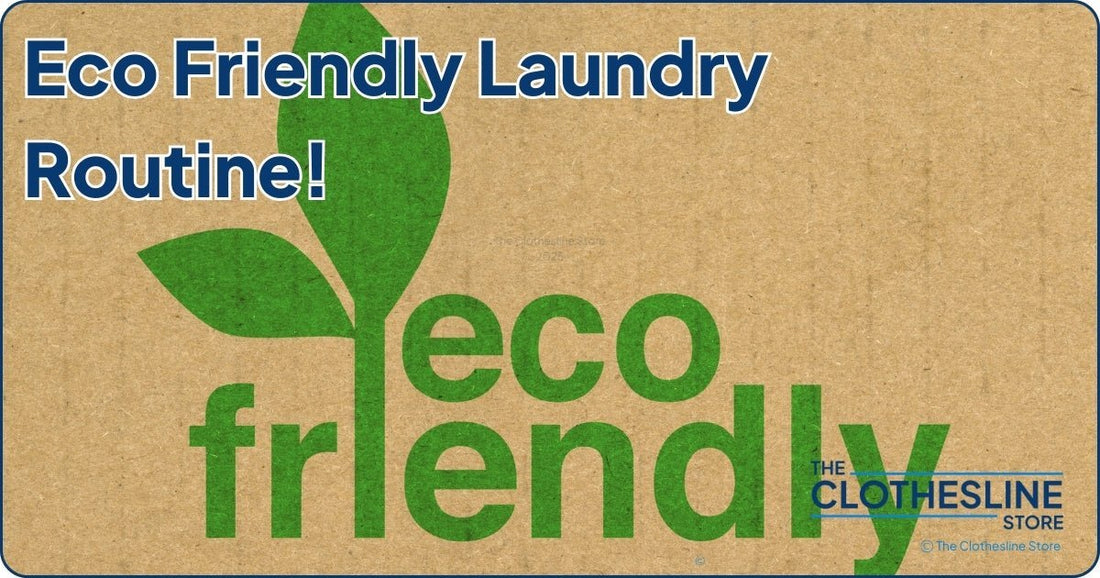
Eco-Friendly Laundry Schedule: Tips for an Easy Laundry Routine
Did you know your laundry habits could be harming the environment more than you think?
While laundry might seem like an innocent, everyday task, your routine could be consuming excessive water, wasting energy, and contributing to pollution. From the laundry room to the clothesline, it’s easy to overlook the environmental impact of washing and drying your own clothes and dirty laundry.
The good news is that with a few simple changes to your weekly laundry schedule and routine, you can create a more sustainable laundry schedule that saves energy, reduces waste, and extends the life of your clothes—all while cutting down on costs. In this guide, you’ll find easy-to-follow tips for creating an eco-friendly laundry day routine that benefits both your family and the planet.
Why an Eco-Friendly Laundry Routine Matters
Environmental Impact of Laundry
Laundry contributes to several environmental issues, many of which are often overlooked. Here’s how:
-
Overuse of Water and Energy: A typical wash cycle uses around 150 litres of water, and heating the water for washing can account for up to 90% of the energy used in the entire process. If you're not careful, that can add up to a hefty carbon footprint.
- Microplastics from Synthetic Fabrics: Washing clothes made of synthetic fabrics (like polyester, acrylic, and nylon) releases microplastics into the water system. These tiny particles end up in the ocean and pose a threat to marine animals and birds, with some even entering the food chain.
-
Harmful Chemicals in Detergents: Conventional laundry detergents can contain phosphates, optical brighteners, and synthetic fragrances—chemicals that can end up polluting our waterways, harming marine life, and damaging ecosystems.
Benefits of Sustainable Laundry Habits
By adopting a more eco-friendly laundry routine, you can make a positive impact on both the environment and your household budget. Here’s how:
-
Reduced Carbon Footprint: By cutting down on your water and energy consumption, you’re helping to reduce your household’s overall carbon footprint. This small effort adds up to a significant environmental benefit over time.
-
Lower Energy and Water Bills: Using less water and energy means reduced utility bills. Washing with cold water, for instance, can save up to 90% of the energy typically used to heat water.
-
Longer Lifespan for Clothes: Eco-friendly laundry habits—such as air-drying clothes and using gentler detergents—help preserve fabric, meaning your clothes will last longer, reducing the need to replace them as often.
Plan Your Eco-Friendly Laundry Schedule
Consolidate Laundry Loads
One of the easiest ways to reduce water and energy consumption clean laundry is to wash full loads rather than multiple smaller loads. This means less water and laundry detergent per garment, saving both energy and money. Plan ahead by sorting your laundry in advance into colours, fabrics, and washing instructions, so you can easily grab a full load of clothes when it’s time to wash.
Pro Tip: Invest in a laundry basket with separate compartments to make sorting your laundry easier and more organised.
Designate Laundry Days
Rather than washing clothes every time the laundry basket fills up, try setting specific laundry days throughout entire day of the week. This helps you avoid unnecessary washing and reduces the frequency of laundry cycles.
If your area has off-peak electricity rates, consider doing your laundry during these hours to lower both your energy costs and environmental impact. You can even designate specific days for different family members’ laundry, like kids’ clothes, towels, and bedding.
Wash Less Frequently
Many clothes don’t need to be washed after every wear. If an item isn’t visibly dirty or doesn’t have an odour, you can probably wear it again before tossing it in the your dirty clothes or laundry pile.
Focus on spot-cleaning stains to extend the wear of your clothes, and only wash items like dirty bath towels or dirty sheets when absolutely necessary. This reduces the number of loads of laundry you need to run, saving both water and energy.
Eco-Friendly Washing Tips
Use Cold Water
Switching to cold water washes can save you a significant amount of energy—up to 90%—as heating water accounts for the majority of the energy used in laundry. Thankfully, many modern detergents are designed to work just as well in cold water.
Pro Tip: Choose a laundry detergent that’s specifically designed for cold-water washing to ensure your clothes come out clean and fresh.
Choose Eco-Friendly Detergents
Traditional laundry detergents often contain harmful chemicals that can pollute the environment. Opt for plant-based, biodegradable detergents that are free from phosphates, chlorine bleach, and synthetic fragrances. These eco-friendly detergents are better for your clothes and for the planet or choose to make a home made laundry liquid!
When shopping for detergent, look for products that are cruelty-free and carry certifications, so you know you're making a responsible choice for both your family and the environment.
Reduce Detergent Usage
It’s easy to assume that more detergent equals cleaner clothes, but that’s not true. Excess detergent leaves a residue on fabrics, which requires more water to rinse away. Always follow the washing instructions on the detergent package, and use only the recommended amount.
Pro Tip: If your load isn’t heavily soiled, consider using less detergent or switching to a concentrated formula, which requires less product per load.
Skip the Fabric Softener
Although fabric softeners promise to leave your clothes feeling soft and fresh, they often contain chemicals that coat your clothes and contribute to pollution.
Fabric softeners can also reduce the absorbency of fabrics like towels, which isn’t ideal. Instead, use natural alternatives like white vinegar or wool dryer balls to soften your laundry without compromising the environment.
Eco-Friendly Drying Tips
Air-Dry Whenever Possible
The most eco-friendly way to dry your clothes is by air-drying. You can hang your laundry on a clothesline, drying rack, or even indoors if the weather isn’t cooperating. Air-drying uses no energy and is gentle on your clothes, helping to extend their lifespan.
 On sunny days, the first morning sun can help naturally disinfect your laundry and even whiten whites without bleach.
On sunny days, the first morning sun can help naturally disinfect your laundry and even whiten whites without bleach.
Optimise Dryer Use
If you need to use a dryer, try to minimise its environmental impact. Always select low heat settings, as high heat can damage fabric and waste energy. Don’t overload the dryer, as this can prevent clothes from tumbling freely and drying efficiently.
After each cycle, be sure to clean the lint filter to improve dryer efficiency and reduce the fire risk.
Pro Tip: For quicker drying, remove clothes from the dryer while they’re still slightly damp and hang them up to finish air-drying.
Use Wool Dryer Balls
To reduce drying time and avoid using disposable dryer sheets, try wool dryer balls. These help to separate clothes in the dryer, improving airflow and speeding up the drying process.
Plus, they naturally soften clothes without chemicals, making them a sustainable and cost-effective choice.
Sustainable Practices for Laundry Accessories
Use a Guppyfriend Bag
Did you know that washing synthetics can release microplastics into the water? A Guppyfriend bag is designed to catch these microfibres, preventing them from entering the water system.
Simply place one load your synthetic clothes (like polyester or nylon) in the bag before washing to help reduce microplastic pollution.
Invest in a Quality Washing Machine
When it comes to reducing your laundry’s environmental impact, investing in an energy-efficient washing machine is one of the best choices you can make. Look for models with high Energy Star ratings, which use less water and energy per cycle.
Front-load washers are also more efficient than top-load models and usually provide better cleaning results.
Choose Reusable Laundry Supplies
Reduce your reliance on disposable items by choosing reusable laundry supplies. Instead of using disposable lint rollers, invest in a reusable one.
Switch to refillable detergent containers to avoid using single-use plastic bottles, and opt for reusable laundry bags to reduce waste.
Maintaining Clothes to Reduce Laundry Frequency
The less frequently you need to wash your clothes, the better for both the environment and your wallet. Here’s how to extend the lifespan of your clothes and reduce the frequency of washes:
-
Spot-clean stains immediately to prevent the need for a full wash.
-
Store clothes properly—hang items that need to stay wrinkle-free in your closet and fold others neatly to reduce wear and tear.
-
Rotate your wardrobe to evenly distribute wear and reduce the need to wash items like shirts, jeans, or pyjamas after every wear.
FAQs About Eco-Friendly Laundry Routines
Can I really get my clothes clean with cold water?
Yes! Modern laundry detergents are specifically designed to clean clothes effectively in cold water. In fact, washing with cold water is often just as effective as using hot water for most everyday laundry.
What’s the best eco-friendly detergent?
Look for a detergent that’s biodegradable, non-toxic, and cruelty-free. Brands that focus on plant-based ingredients and avoid harmful chemicals are generally the best options.
How Often Should You Really Do Laundry?
Shirts and Blouses: After 1-2 wears.
Dress Pants or Slacks: After 2-3 wears.
Sweaters: Up to 6 wears if worn with an undershirt; 1-2 wears if worn without one.
By stretching out wear between washes, you can help preserve the lifespan of your clothes and reduce unnecessary laundry loads!
By adopting an eco-friendly, simple laundry schedule and routine, you can reduce your environmental footprint, save on utilities, and extend the lifespan of your clothes. Creating a sustainable laundry schedule has never been easier!
Free Delivery
At The Clothesline Store, we guarantee the fastest dispatch to ensure the quickest delivery of clotheslines, by operating our own national clothesline warehouse. Don’t take our word for it—check out our Google reviews!
As Australia’s largest private stockholder of clotheslines and accessories, we ship in-stock items the same or next business day. Unlike other retailers who rely on third-party distributors, our dedicated team handles every order directly, ensuring speed and reliability.






























